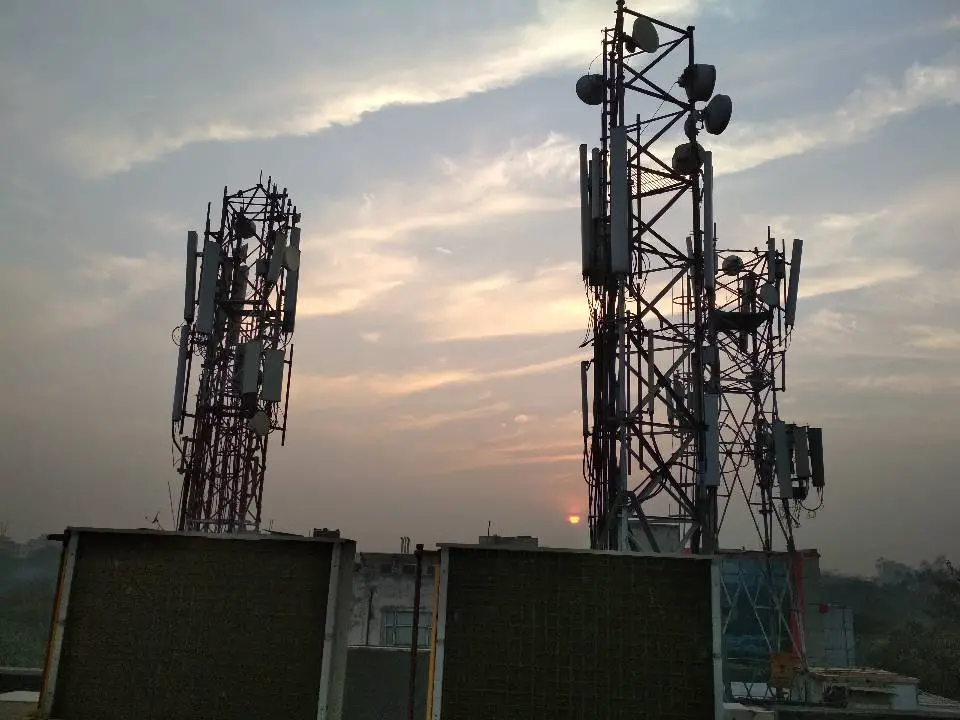Which of the following properties is important in estimating whether an RF signal exceeds the maximum permissible exposure (MPE)?
A. Its duty cycle
[G0A02]
B. Its frequency
C. Its power density
D. All these choices are correct
Let’s look at each possible answer individually, and then we’ll decide which is correct.
A. Its duty cycle. Duty Cycle refers to the percentage of time a transceiver is actually transmitting, versus sitting idle or listening. Some modes are much more intensive (such as many digital modes) and the amount of time transmitting is quite high. Obviously this will increase the exposure to RF over time.
B. Its frequency. We know that the effects of RF radiation on the human body vary widely by the frequency. Its why most off-the-shelf VHF/UHF radios are capped at 50W output. Anything higher at those frequencies and it can be potentially dangerous. Compare that to a 100W or 200W HF station.
C. Its power density. Relating to answer B., the power density is probably the highest factor to consider. If you are putting 100W through an omni-directional vertical antenna, the power density at a given point is going to be less than that same 100W directly in front of say a yagi or beam antenna that focuses the output in one direction. Think standing directly in front of a garden hose, versus next to a non-oscillating sprinkler. The water coming straight out of the hose is higher pressure and higher flow rate. RF is much the same.
So what’s our answer then? Well, all three of these are factored into the equation when estimating RF exposure and whether or not it exceeds the Maximum Permissible Exposure or MPE.
Therefore the answer is D. All these choices are correct
photo: https://commons.wikimedia.org/wiki/File:RF_(wireless)_radiation_from_cell_towers.jpg

